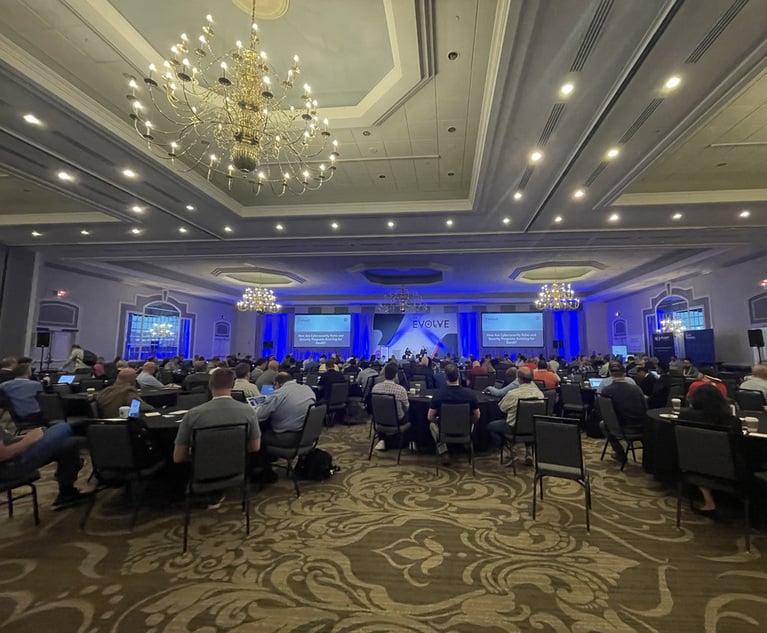Last year, the rise of the Internet of Things (IoT) was covered by mainstream and tech trade media almost as closely as the U.S. presidential election.
As consumers saw the potential for their myriad devices to become smarter and more tightly connected, businesses began investing in developing IoT capabilities. For example, refrigerators in connected homes are fitted with internal cameras so that homeowners can see how much milk is left, even while standing in the supermarket. For parents of teen drivers, the Hum "connected vehicle" device from Verizon Wireless provides text or email alerts if a vehicle exceeds a maximum speed, or if it moves outside a preset boundary area. Such devices aim to make consumers' lives easier and more efficient — and, in the case of the Hum, safer — while saving time and money.
Want to continue reading?
Become a Free PropertyCasualty360 Digital Reader
Your access to unlimited PropertyCasualty360 content isn’t changing.
Once you are an ALM digital member, you’ll receive:
- All PropertyCasualty360.com news coverage, best practices, and in-depth analysis.
- Educational webcasts, resources from industry leaders, and informative newsletters.
- Other award-winning websites including BenefitsPRO.com and ThinkAdvisor.com.
Already have an account? Sign In
© 2024 ALM Global, LLC, All Rights Reserved. Request academic re-use from www.copyright.com. All other uses, submit a request to [email protected]. For more information visit Asset & Logo Licensing.








